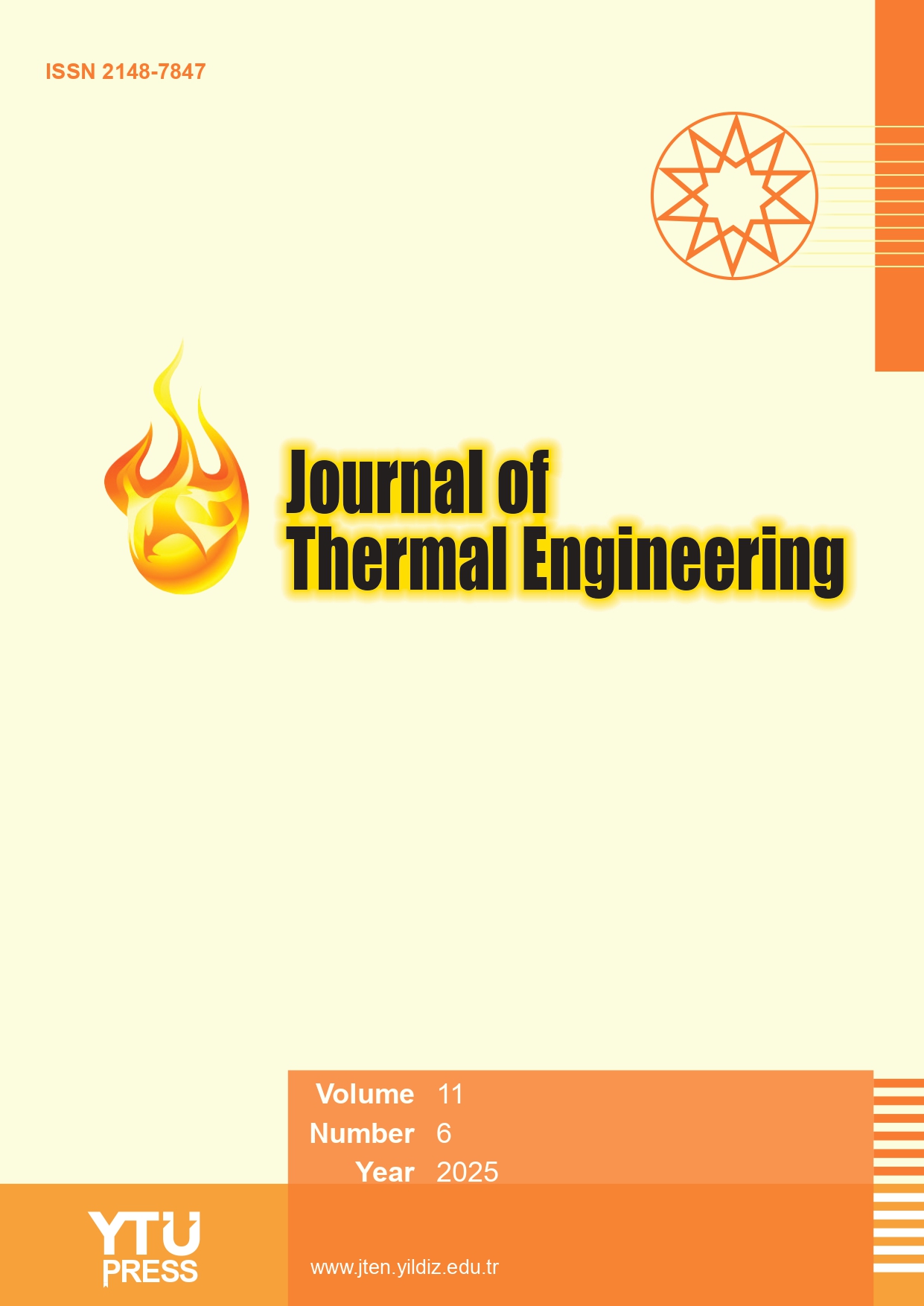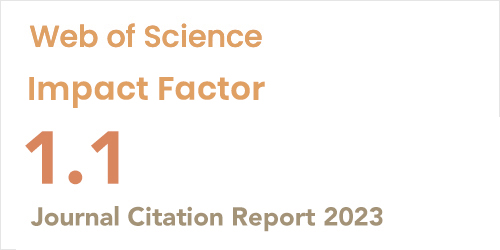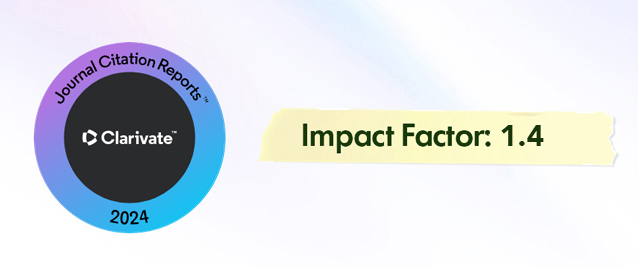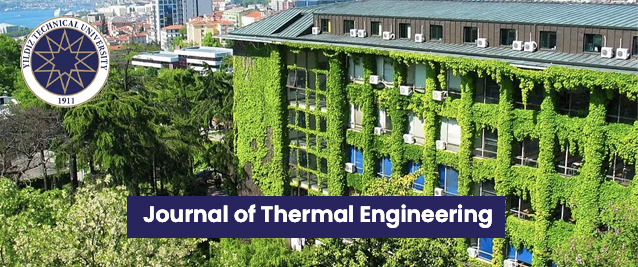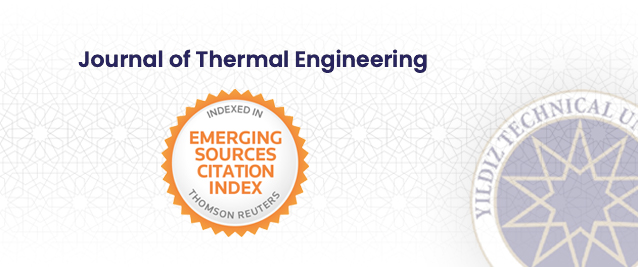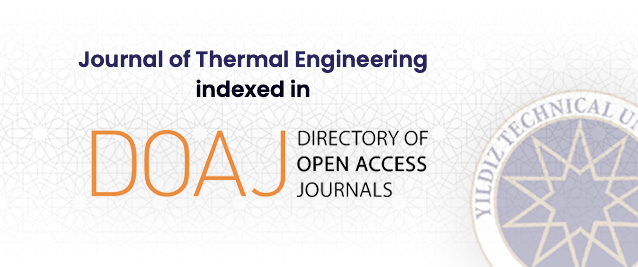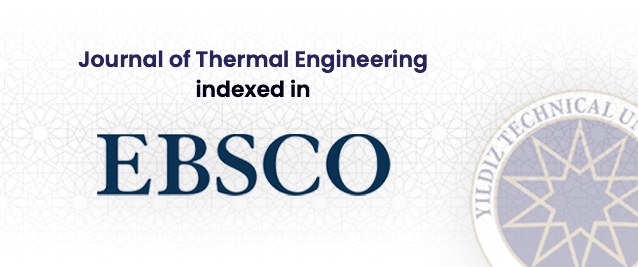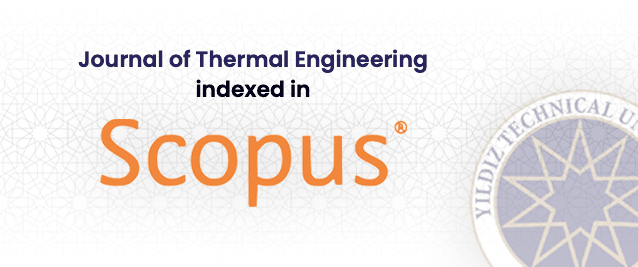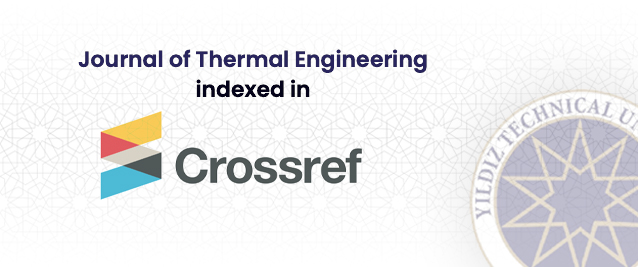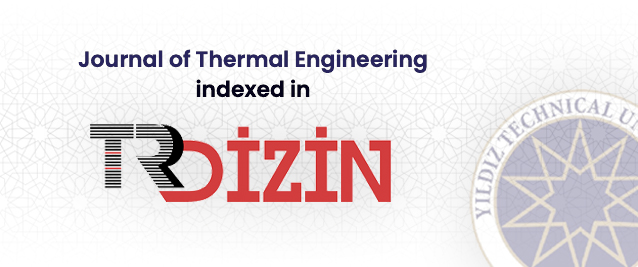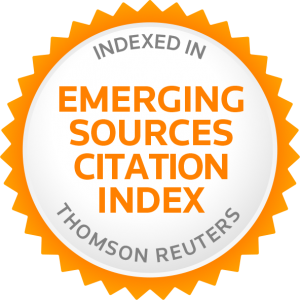2Applied Hydrology and Environment Laboratory, University of Ain Témouchent, Ain Témouchent, 46000, Algeria
Abstract
This study investigates the use of a solar heating system and a direct contact membrane distillation module to produce pure water. The study employs co-simulation techniques that combine TRNSYS and MATLAB. The integrated system consists of a flat sheet membrane module for purification, a hot water storage tank with an internally regulated auxiliary heater, and a flat plate collector for thermal energy supply. A novel membrane distillation module was used, allowing the liquid to make direct contact with the membrane. The module was developed in MATLAB, reprogrammed, and then integrated into the TRNSYS framework. The TRNSYS-MATLAB co-simulation assessed the integrated system’s long-term efficiency. This novel solar desalination technique also improves prediction flexibility for various membrane distillation scales and configurations (such as co-current and counter-current). The current study used and validated the use of Polyvinylidene fluoride flat sheet membrane distillation in both co-current and counter-current arrangements at small and large scales, comparing the results to previously published research. Increasing the collector area from 2 m² to 8 m² in Ain Témouchent’s weather conditions reduces the auxiliary heating rate by 14% in December and 44.27% in August. In the summer, solar fraction and solar collector efficiency are 71% and 63%, respectively. The current integrated system can collect approximately 54.28 l of water flux through the membrane per day, resulting in a membrane production rate of 13.57 kg/m².hr. The findings show that the use of modern co-simulation techniques is highly inventive, producing environmentally friendly water in a sustainable and efficient way.


